Home>Gardening & Outdoor>Landscaping Ideas>When To Apply Fertilizer To Grass
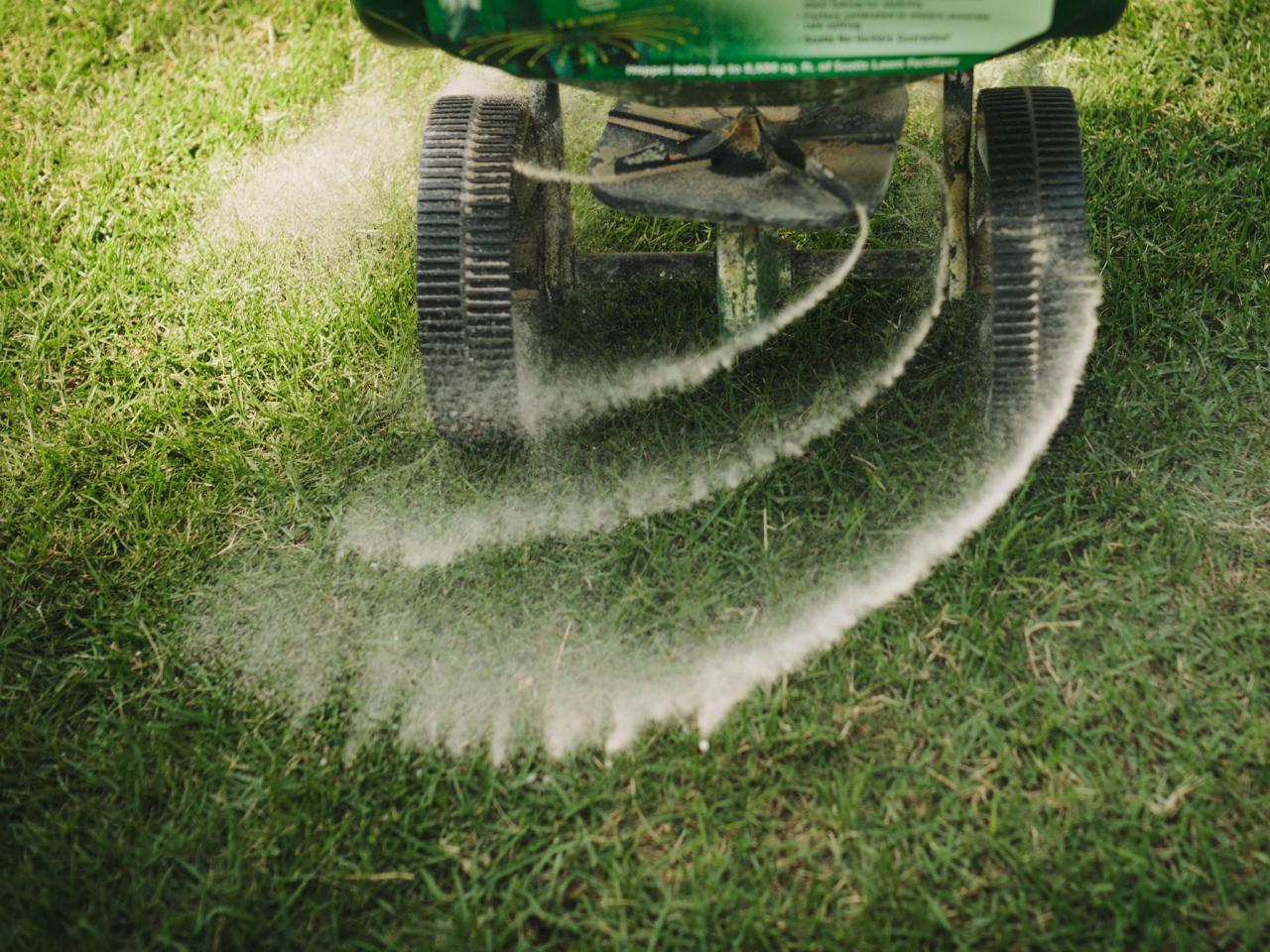

Landscaping Ideas
When To Apply Fertilizer To Grass
Modified: April 21, 2024
Learn the best timing for applying fertilizer to your grass with our expert landscaping ideas. Keep your lawn healthy and vibrant all year round. Discover the right schedule for your lawn care routine.
(Many of the links in this article redirect to a specific reviewed product. Your purchase of these products through affiliate links helps to generate commission for Storables.com, at no extra cost. Learn more)
Introduction
Fertilizing your grass is a crucial aspect of maintaining a lush, healthy lawn that enhances the beauty of your outdoor space. By providing essential nutrients to the soil, fertilization promotes robust growth, vibrant color, and improved resistance to pests and diseases. Understanding the best practices for applying fertilizer to your grass is essential for achieving optimal results and ensuring the long-term health of your lawn.
Fertilizer serves as a vital source of nutrients for grass, supplementing the natural elements present in the soil. It contains essential components such as nitrogen, phosphorus, and potassium, which are fundamental for the development of strong roots, vigorous growth, and overall plant health. When applied correctly, fertilizer can address nutrient deficiencies in the soil, leading to a more resilient and visually appealing lawn.
In this comprehensive guide, we will delve into the intricacies of grass fertilization, exploring the factors that should be considered before applying fertilizer, the best times for application, and the proper techniques for achieving even distribution. By gaining a deeper understanding of these key aspects, you will be well-equipped to nurture your grass effectively and achieve a vibrant, thriving lawn that becomes the envy of the neighborhood.
Key Takeaways:
- Timing is crucial when applying fertilizer to grass. Cool-season grasses benefit from fertilization in early fall and late spring, while warm-season grasses thrive with summer fertilization. Consider soil, weather, and grass growth patterns for optimal results.
- Proper application of fertilizer is essential for a healthy lawn. Prepare the grass, choose the right spreader, calibrate it, apply evenly, and water afterward. Following these steps ensures vibrant, resilient, and visually appealing grass.
Read more: How To Apply Grass Fertilizer
Understanding Grass Fertilization
Grass fertilization is a fundamental practice in lawn care that involves the application of essential nutrients to the soil to support the healthy growth of grass. The primary nutrients found in fertilizers are nitrogen (N), phosphorus (P), and potassium (K), often referred to as NPK. These nutrients play pivotal roles in the development of robust roots, lush foliage, and overall plant vigor.
Nitrogen is crucial for promoting leafy growth and vibrant green color in grass. It aids in the synthesis of chlorophyll, the pigment responsible for photosynthesis, which is essential for the production of energy and the overall health of the plant. Phosphorus supports root development and enhances the plant's ability to utilize other nutrients, contributing to improved resilience and stress tolerance. Potassium, on the other hand, plays a vital role in regulating water uptake and enhancing disease resistance, ultimately promoting the overall health and vigor of the grass.
Understanding the nutrient requirements of your specific grass type is essential for determining the appropriate fertilizer formulation. Different grass species have varying needs, and selecting the right fertilizer blend ensures that the specific nutritional demands of your lawn are met. Additionally, soil testing can provide valuable insights into the existing nutrient levels, enabling you to make informed decisions regarding the type and quantity of fertilizer required.
Furthermore, it is important to consider the seasonal demands of grass when planning fertilization. For cool-season grasses, such as Kentucky bluegrass and fescue, the most active growth periods occur in the spring and fall. Therefore, fertilization during these seasons can effectively support the grass's growth and recovery. In contrast, warm-season grasses, including Bermuda grass and Zoysia grass, exhibit peak growth during the summer months, making this period ideal for fertilization to maximize their potential.
By comprehensively understanding the role of essential nutrients, the specific requirements of your grass type, and the seasonal dynamics of grass growth, you can make informed decisions regarding the timing and formulation of fertilizers. This knowledge forms the foundation for effective grass fertilization practices, ultimately contributing to the development of a healthy, vibrant lawn that enhances the overall aesthetic appeal of your outdoor space.
Factors to Consider Before Applying Fertilizer
Before applying fertilizer to your grass, several crucial factors should be carefully considered to ensure the effectiveness of the fertilization process and the long-term health of your lawn. By taking these elements into account, you can make informed decisions that optimize the impact of the fertilizer while minimizing potential risks to the environment and the grass itself.
Soil Composition and pH Levels
The composition of your soil and its pH levels play a significant role in determining the effectiveness of fertilizer application. Conducting a soil test to assess the pH levels and nutrient composition can provide valuable insights into the specific needs of your lawn. Different grass species thrive in varying pH ranges, and understanding your soil's pH can help you select the most suitable fertilizer formulation to address any deficiencies and ensure optimal nutrient uptake by the grass.
Grass Type and Growth Patterns
The type of grass in your lawn and its growth patterns are essential considerations when planning fertilizer application. Different grass species have distinct nutritional requirements, and understanding these specific needs is crucial for selecting the appropriate fertilizer blend. Additionally, considering the growth patterns of your grass, such as its peak growth seasons and dormancy periods, can help you time the fertilizer application to coincide with the grass's active growth phases, maximizing the benefits of the nutrients provided.
Read more: When To Apply Winter Fertilizer
Environmental Factors and Weather Conditions
Environmental factors and weather conditions can significantly impact the effectiveness of fertilizer application. Excessive heat, drought, or heavy rainfall can affect the absorption and utilization of nutrients by the grass. Therefore, it is important to consider the prevailing weather conditions and adjust the timing of fertilizer application accordingly. Additionally, taking environmental factors into account helps minimize the risk of nutrient runoff and leaching, promoting responsible and sustainable fertilization practices.
Fertilizer Formulation and Nutrient Balance
Selecting the right fertilizer formulation with a balanced nutrient composition is essential for promoting healthy grass growth. Understanding the specific nutrient requirements of your grass type and addressing any deficiencies through the appropriate fertilizer blend is crucial for achieving optimal results. Additionally, considering the slow-release or quick-release properties of the fertilizer can impact the longevity of nutrient availability to the grass, influencing the frequency of application and the overall effectiveness of the fertilization process.
By carefully considering these factors before applying fertilizer to your grass, you can tailor your fertilization approach to meet the specific needs of your lawn, promote healthy growth, and contribute to the long-term vitality of your outdoor space. Understanding the interplay of soil composition, grass type, environmental conditions, and fertilizer formulation empowers you to make informed decisions that optimize the impact of fertilization while maintaining a sustainable and environmentally conscious approach to lawn care.
Best Time to Apply Fertilizer
The timing of fertilizer application plays a pivotal role in maximizing its effectiveness and ensuring the optimal uptake of nutrients by the grass. Understanding the best time to apply fertilizer is essential for harnessing its full potential and promoting the long-term health and vitality of your lawn.
Seasonal Considerations
The best time to apply fertilizer to grass is influenced by the seasonal dynamics of grass growth and the specific needs of different grass species. For cool-season grasses, such as Kentucky bluegrass and fescue, the ideal periods for fertilization are early fall and late spring. During these times, the grass experiences active growth and can efficiently utilize the nutrients provided by the fertilizer to support its development and recovery. Fertilizing cool-season grasses in the fall also helps build up nutrient reserves that contribute to winter hardiness, ensuring the grass remains resilient during the colder months.
In contrast, warm-season grasses, including Bermuda grass and Zoysia grass, benefit from fertilizer application during the summer months when they exhibit peak growth. Fertilizing warm-season grasses in late spring to early summer promotes vigorous growth and helps them withstand the stresses of high temperatures and increased foot traffic. By aligning the timing of fertilizer application with the specific growth patterns of your grass, you can optimize the utilization of nutrients and foster robust, healthy turf.
Read more: Why Apply Fertilizer To Dry Grass
Weather and Soil Conditions
Considering the prevailing weather and soil conditions is crucial when determining the best time to apply fertilizer. Ideally, it is recommended to fertilize when the grass is actively growing and the soil is moist but not waterlogged. Avoid fertilizing during periods of drought or extreme heat, as the grass may be dormant or stressed, limiting its ability to benefit from the nutrients. Additionally, applying fertilizer before heavy rainfall can increase the risk of nutrient runoff and leaching, diminishing its effectiveness and potentially impacting the surrounding environment.
Nutrient Uptake and Longevity
Timing the application of fertilizer to coincide with the grass's peak growth periods enhances the efficiency of nutrient uptake and utilization. By providing essential nutrients when the grass is actively growing, you ensure that the fertilizer's components are readily absorbed and utilized to support robust foliage and root development. Furthermore, selecting a fertilizer with slow-release properties can extend the availability of nutrients over an extended period, promoting sustained growth and reducing the frequency of application.
By carefully considering the seasonal dynamics of grass growth, weather and soil conditions, and the longevity of nutrient availability, you can pinpoint the best time to apply fertilizer to your grass. This strategic approach not only maximizes the benefits of fertilization but also contributes to the overall health, resilience, and visual appeal of your lawn. Understanding the optimal timing for fertilizer application empowers you to nurture a vibrant, thriving lawn that becomes a testament to your dedication to effective lawn care practices.
How to Apply Fertilizer to Grass
Applying fertilizer to grass involves a series of strategic steps to ensure even distribution and optimal absorption of nutrients by the turf. By following these guidelines, you can effectively nourish your lawn and promote healthy, vibrant growth.
Step 1: Preparation
Before applying fertilizer, it is essential to prepare the lawn by mowing the grass to an appropriate height. Trimming the grass to the recommended height ensures that the fertilizer reaches the soil surface and is readily accessible to the grass roots. Additionally, clearing the lawn of any debris, such as fallen leaves or twigs, facilitates uniform coverage and prevents potential barriers to nutrient absorption.
Read more: When Should Fertilizer Be Applied To Lawns
Step 2: Selecting the Right Spreader
Choosing the appropriate spreader is crucial for achieving even distribution of fertilizer across the lawn. There are two main types of spreaders: broadcast spreaders and drop spreaders. Broadcast spreaders are ideal for larger, open areas, as they disperse the fertilizer in a wide swath. Drop spreaders, on the other hand, provide precise control and are suitable for targeted application in smaller or irregularly shaped sections of the lawn.
Step 3: Calibration
Calibrating the spreader according to the manufacturer's instructions is essential to ensure accurate application rates. Proper calibration prevents over- or under-application of fertilizer, optimizing its effectiveness and minimizing the risk of potential damage to the grass. Following the recommended settings for the specific fertilizer product and spreader type guarantees uniform coverage and consistent nutrient distribution.
Step 4: Application Technique
When applying the fertilizer, it is advisable to divide the lawn into smaller sections to facilitate systematic coverage. Begin by walking in straight lines, overlapping each pass slightly to prevent missed areas. This method ensures that the fertilizer is evenly distributed, promoting uniform nutrient uptake by the grass and preventing patchy growth or discoloration.
Step 5: Post-Application Practices
After spreading the fertilizer, lightly water the lawn to facilitate the dissolution of the granules and initiate the absorption of nutrients into the soil. Watering also helps prevent the fertilizer from adhering to the grass blades, reducing the risk of potential burn or discoloration. Additionally, avoiding mowing for a few days after application allows the fertilizer to be fully absorbed, maximizing its benefits for the grass.
By following these steps, you can effectively apply fertilizer to your grass, promoting robust growth, vibrant color, and overall lawn health. Implementing proper application techniques and adhering to recommended practices ensures that your lawn receives the essential nutrients it needs to thrive, ultimately contributing to the development of a lush, resilient, and visually appealing outdoor space.
Read more: When To Apply Grass Killer
Conclusion
In conclusion, the effective application of fertilizer to grass is a cornerstone of successful lawn care, contributing to the development of a vibrant, healthy, and visually appealing outdoor space. By understanding the essential role of nutrients in promoting robust grass growth and considering the specific needs of different grass species, homeowners can make informed decisions regarding the timing and formulation of fertilizers. Additionally, taking into account environmental factors, soil composition, and the seasonal dynamics of grass growth empowers individuals to implement responsible and sustainable fertilization practices.
The timing of fertilizer application, aligned with the peak growth periods of the grass and favorable weather conditions, plays a pivotal role in maximizing the benefits of fertilization. By strategically timing the application to coincide with the grass's active growth phases, homeowners can ensure optimal nutrient uptake and utilization, ultimately fostering lush, resilient turf.
Furthermore, the proper application of fertilizer involves meticulous preparation, selection of the right spreader, and adherence to calibration and application techniques. By following these guidelines, individuals can achieve even distribution of nutrients across the lawn, promoting uniform growth and minimizing the risk of patchy or uneven coverage.
Ultimately, the comprehensive understanding of grass fertilization, including the factors to consider before applying fertilizer, the best times for application, and the proper techniques for achieving even distribution, empowers homeowners to nurture a healthy, vibrant lawn that becomes a testament to their dedication to effective lawn care practices. By integrating these insights into their lawn care routines, individuals can create an outdoor space that not only enhances the aesthetic appeal of their property but also provides a welcoming environment for relaxation, recreation, and enjoyment.
In essence, the art of applying fertilizer to grass transcends mere lawn maintenance; it embodies a commitment to nurturing and sustaining a thriving ecosystem within one's outdoor environment. Through informed decision-making, strategic timing, and meticulous application, homeowners can transform their lawns into lush, resilient landscapes that serve as a source of pride and natural beauty for years to come.
Frequently Asked Questions about When To Apply Fertilizer To Grass
Was this page helpful?
At Storables.com, we guarantee accurate and reliable information. Our content, validated by Expert Board Contributors, is crafted following stringent Editorial Policies. We're committed to providing you with well-researched, expert-backed insights for all your informational needs.
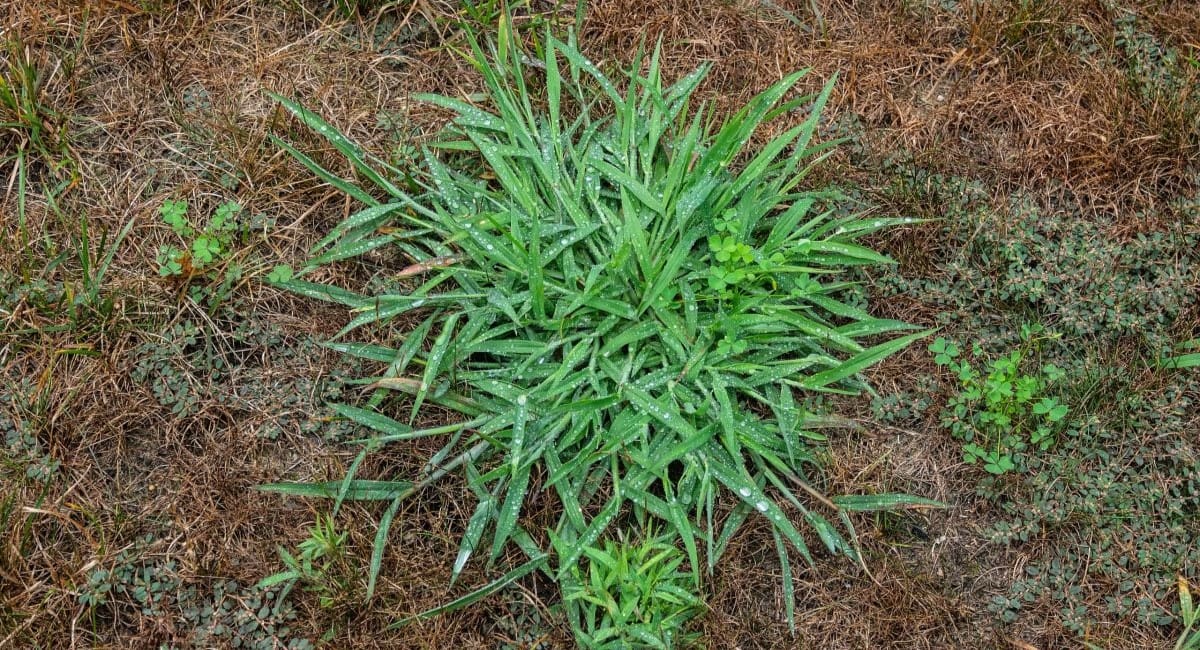

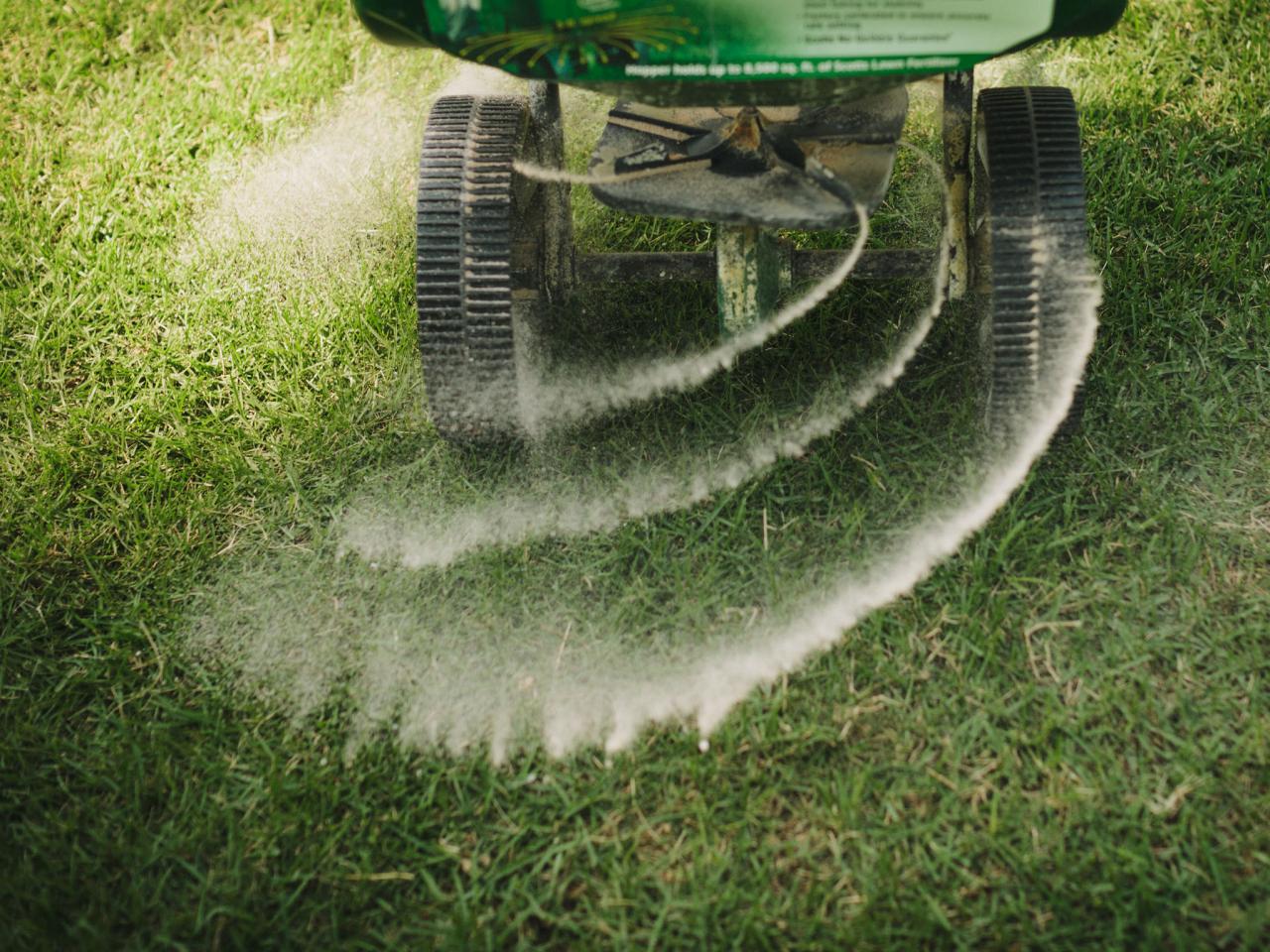
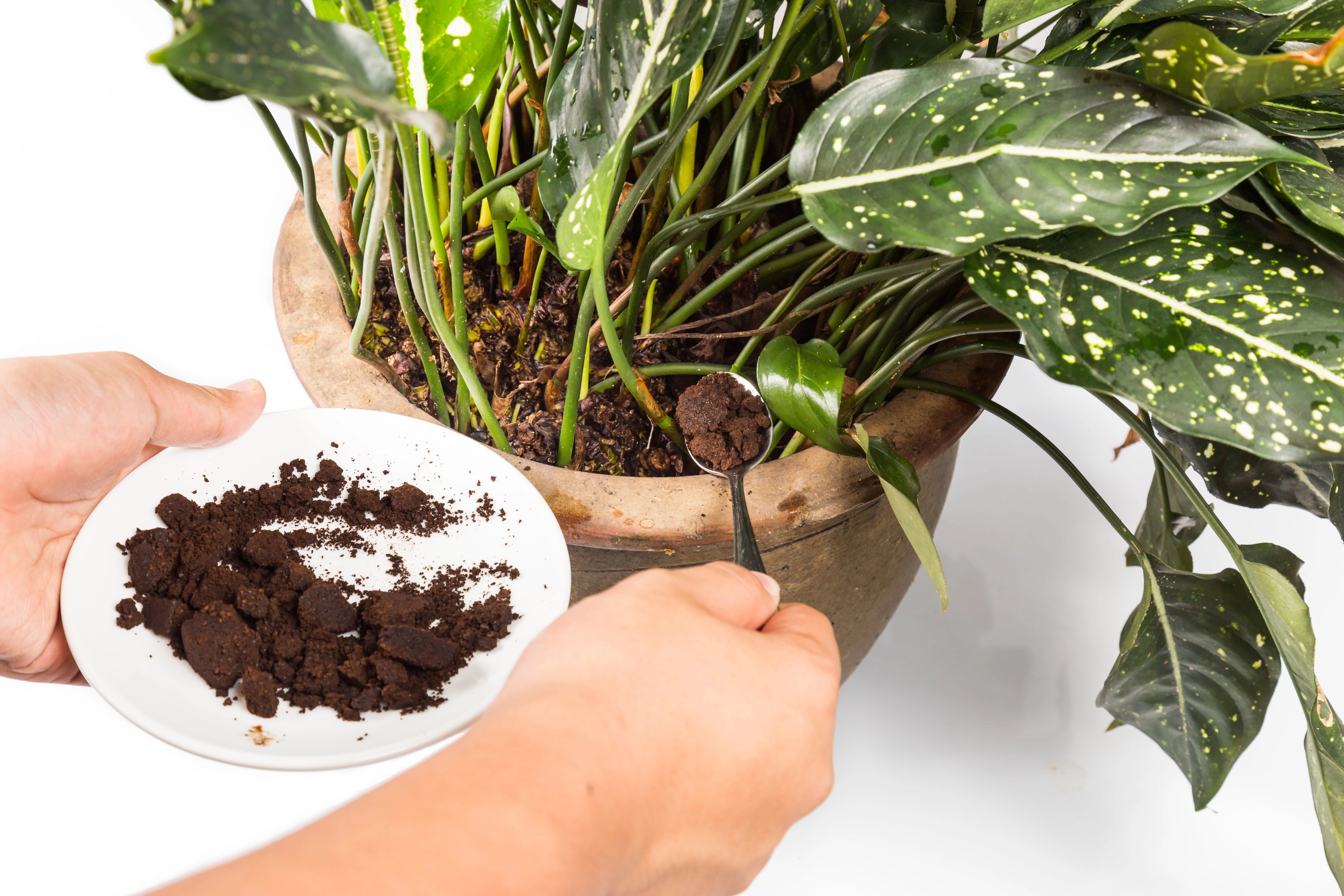

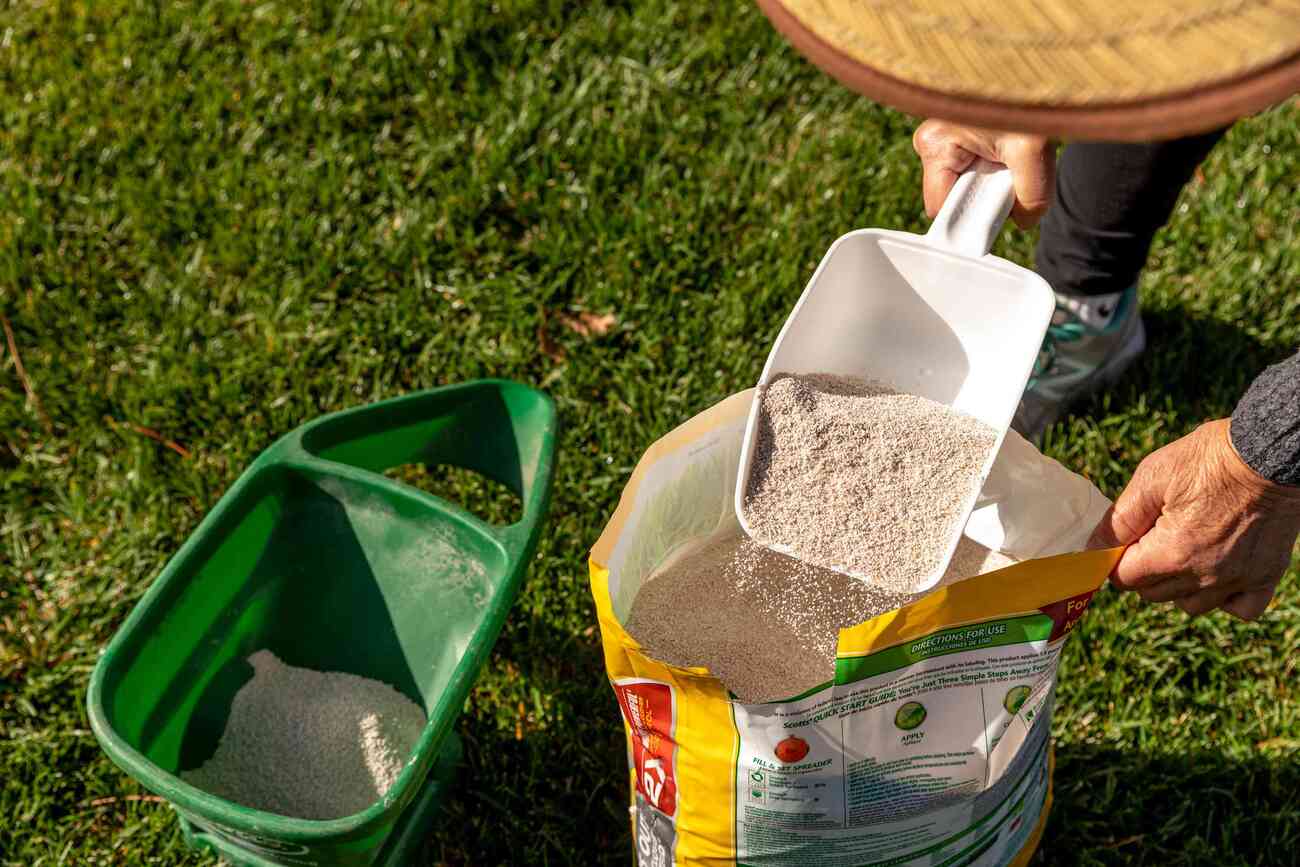
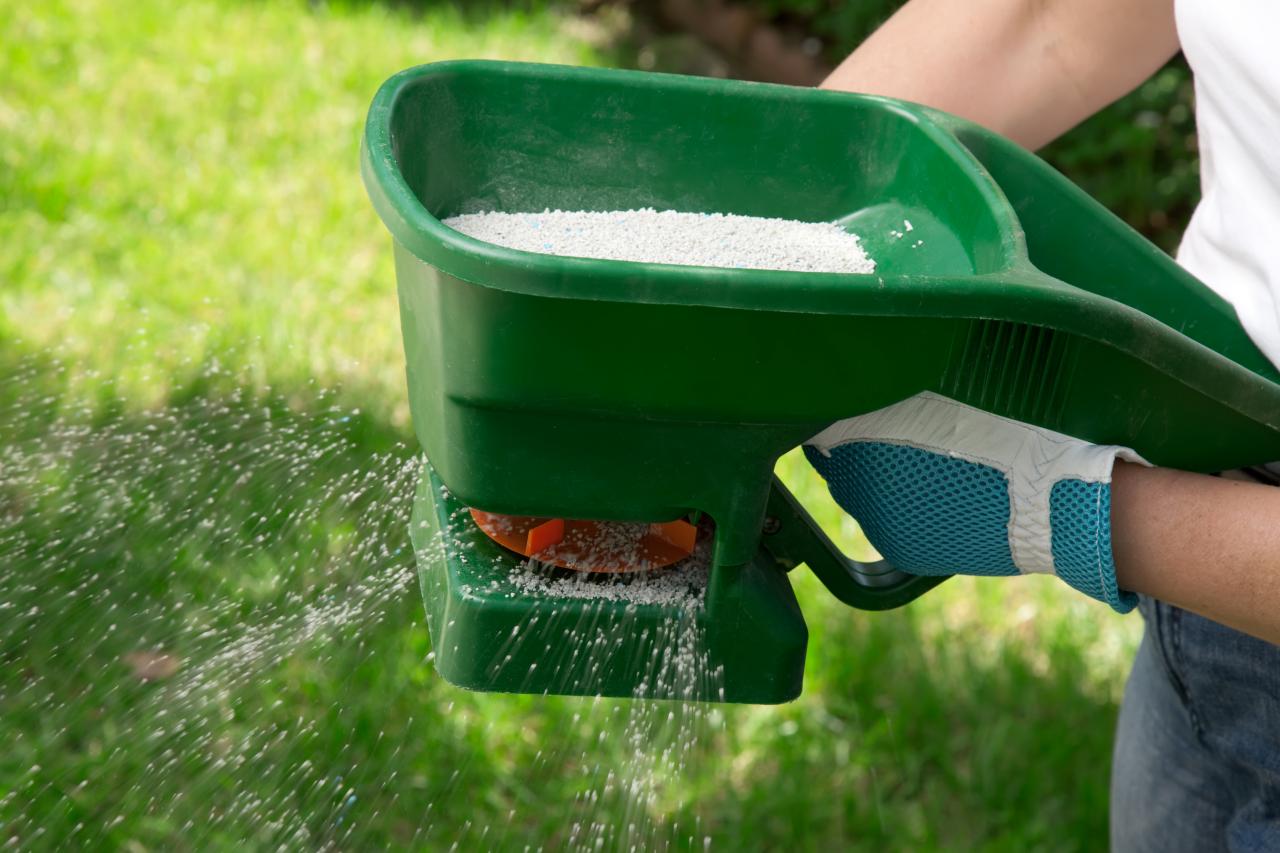
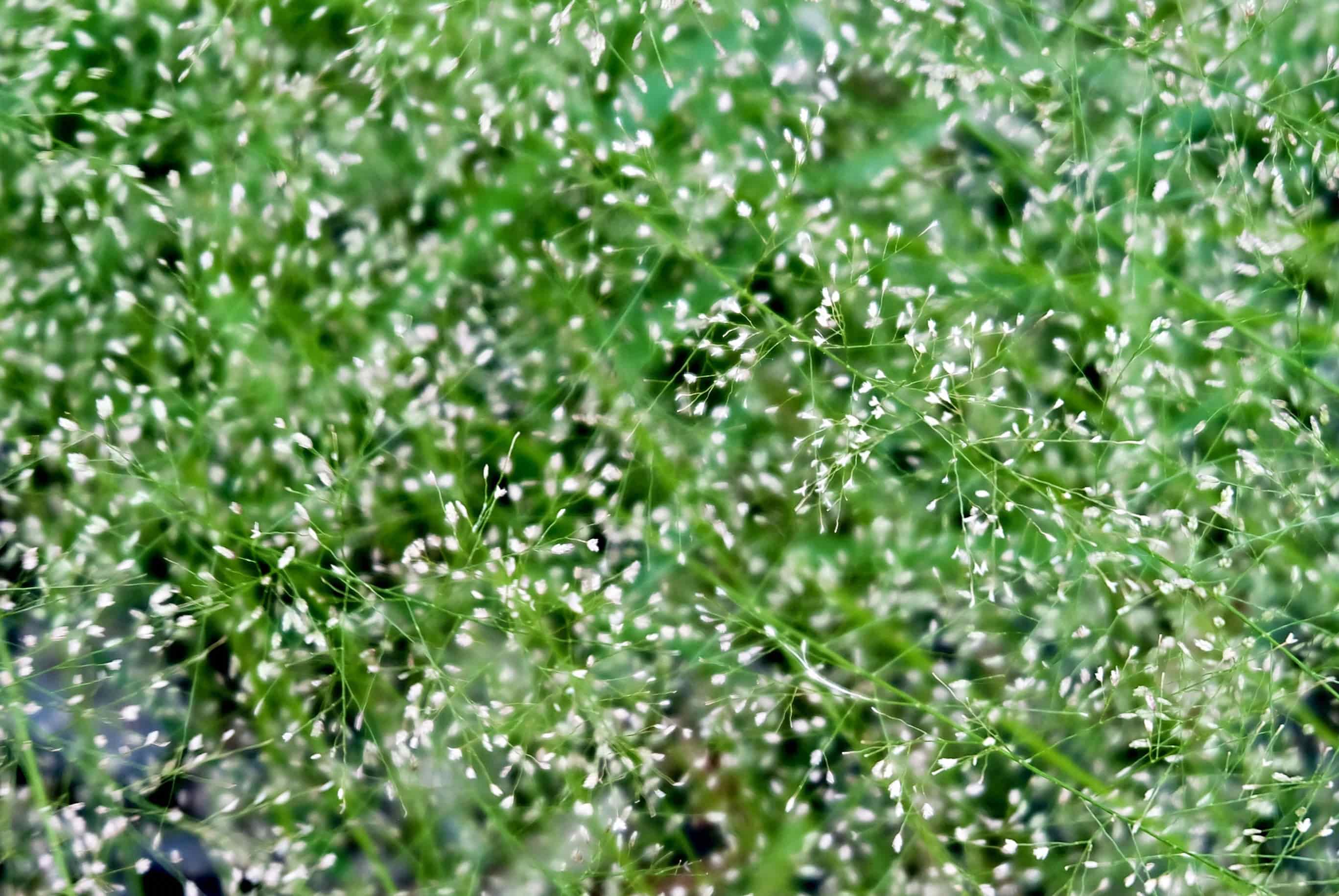
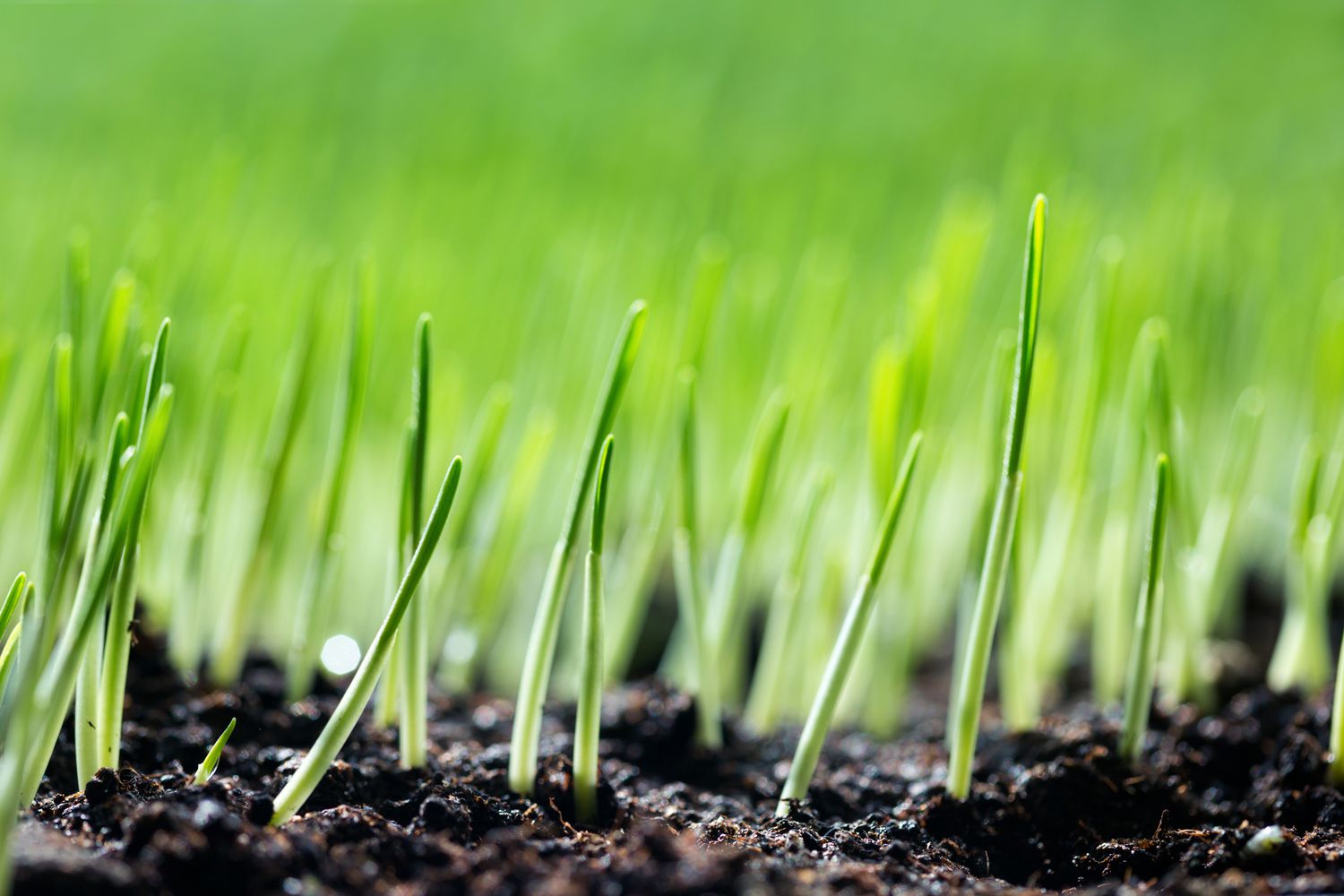
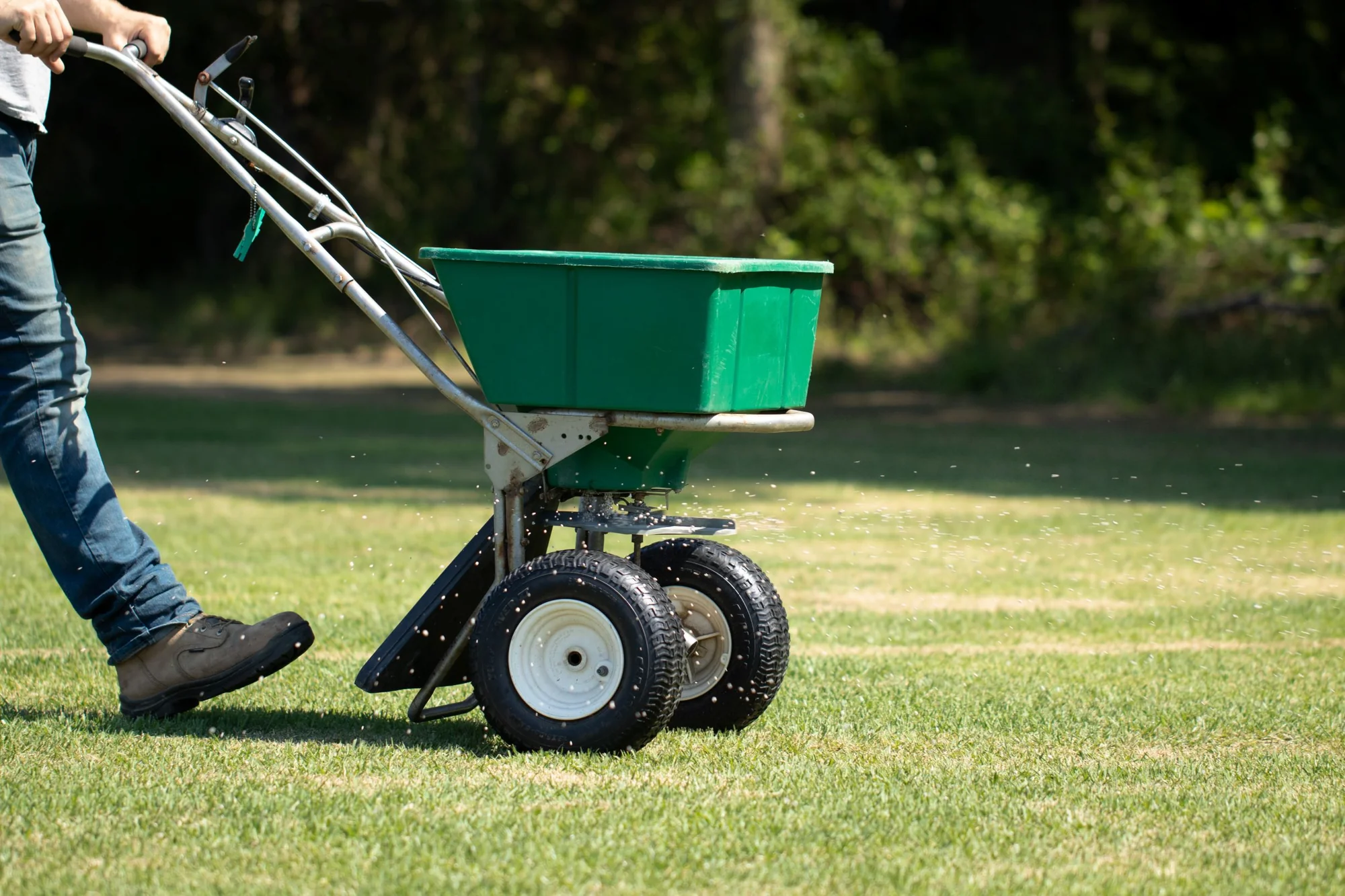
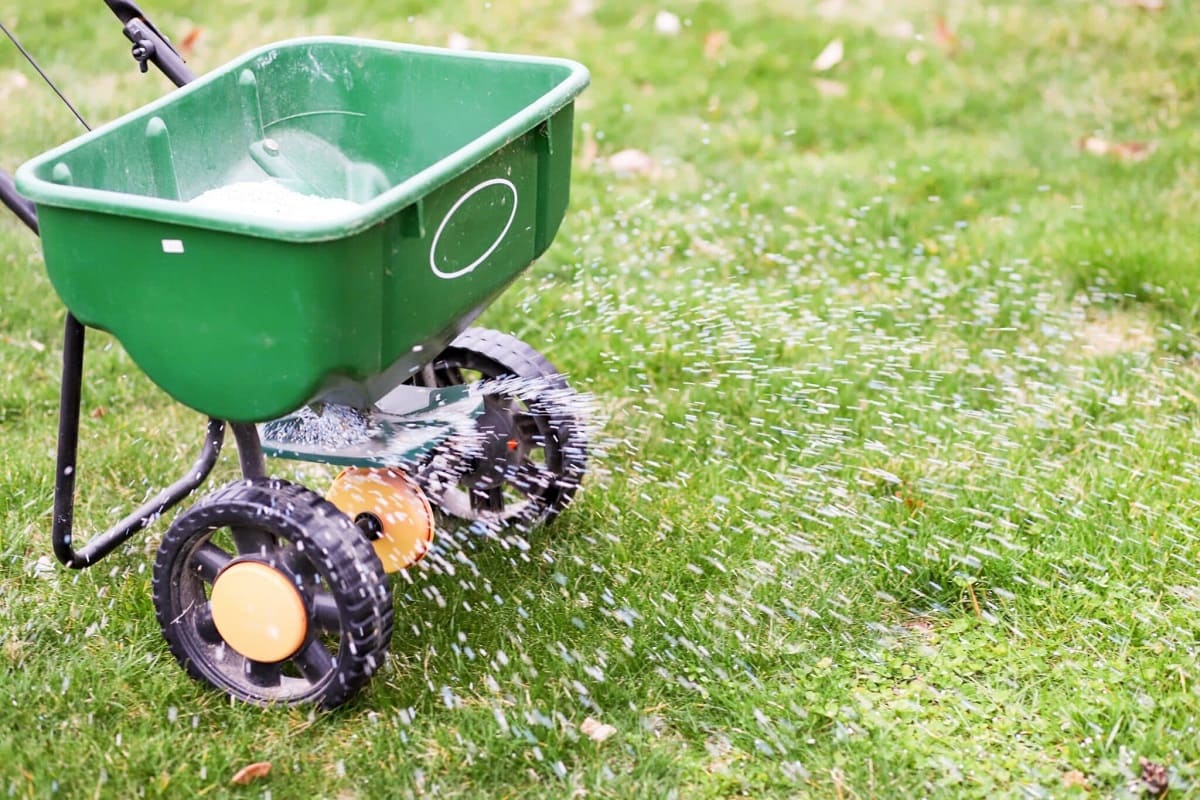

0 thoughts on “When To Apply Fertilizer To Grass”